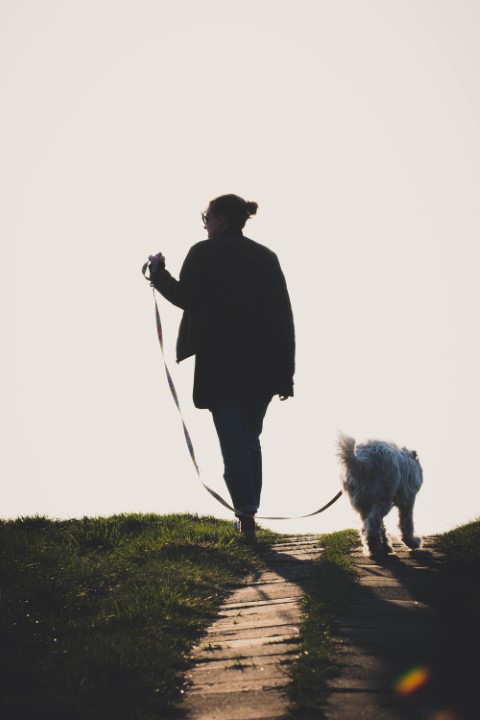How to Train Your Dog to Walk on a Leash

Walking your dog on a leash is an essential part of dog ownership. However, for many new dog owners, this can be a challenging task. It’s not uncommon for dogs to pull, bark, or lunge while on a leash, making walks frustrating and unpleasant for both you and your furry companion. Fortunately, with a little patience and consistent training, you can teach your dog to walk on a leash calmly and comfortably. In this article, we’ll take a look at the steps you can take to train your dog to walk on a leash successfully.
Understanding Your Dog’s Behavior on a Leash
Before you start leash training, it’s important to understand why dogs behave the way they do while on a leash. Dogs are naturally curious and have a strong instinct to explore their surroundings. When they are restrained by a leash, they may feel frustrated or trapped, leading to unwanted behaviors such as pulling, jumping, or barking. Additionally, dogs may become anxious or fearful in unfamiliar surroundings, leading to further behavioral issues. By understanding your dog’s behavior, you can tailor your training methods to suit their individual needs.
Choosing the Right Equipment
Choosing the right equipment for leash training is essential for success. A well-fitted collar or harness is essential, as well as a sturdy leash. When selecting a collar or harness, consider your dog’s breed, size, and behavior. For example, a harness may be a better option for a dog that pulls, as it distributes pressure more evenly and can reduce the risk of injury. A retractable leash can be useful for training your dog to walk on a leash but should be used with caution, as it can allow your dog too much freedom to pull or become distracted.
Starting Basic Leash Training
The first step in leash training your dog is to start with the basics. Begin by introducing your dog to the collar or harness and leash. Allow your dog to sniff and explore the equipment, and reward them with treats and praise for positive behavior. Once your dog is comfortable with the equipment, start by walking around your home or yard, encouraging your dog to follow you on the leash. Use positive reinforcement techniques, such as treats and praise, to reward your dog for walking calmly beside you.
Reinforcing Good Behavior
As your dog becomes more comfortable with the basics of leash training, you can start to reinforce good behavior. When your dog walks calmly beside you, reward them with treats and praise. If your dog begins to pull or become distracted, stop walking and wait for them to calm down before continuing. This teaches your dog that good behavior is rewarded, while bad behavior is not.
Addressing Behavioral Issues
If your dog continues to exhibit unwanted behavior while on a leash, such as pulling, jumping, or barking, it may be necessary to address these issues directly. One effective method is to teach your dog to “heel,” which involves walking on a short leash beside you. Use positive reinforcement techniques to reward your dog for good behavior, such as treats and praise. If your dog continues to pull or become distracted, stop walking and wait for them to calm down before continuing.
Practicing in Different Environments
Once your dog is comfortable walking on a leash in your home or yard, it’s time to start practicing in different environments. This can include parks, sidewalks, or other areas where your dog may encounter distractions or unfamiliar surroundings. Gradually increase the level of difficulty as your dog becomes more comfortable, and continue to use positive reinforcement techniques to reward good behavior.
Continuing Training
Leash training is an ongoing process, and it’s important to continue training even after your dog has mastered the basics. Regular walks and training sessions can help reinforce good behavior and provide valuable exercise and bonding time between you and your furry companion. Remember to be patient and consistent, and always use positive reinforcement techniques to reward good behavior.
Conclusion
Leash training your dog can seem like a daunting task, but with the right equipment and training techniques, it can be a rewarding experience for both you and your dog. By understanding your dog’s behavior, choosing the right equipment, and using positive reinforcement techniques, you can teach your dog to walk on a leash calmly and comfortably. Remember to be patient and consistent, and don’t hesitate to seek help from a professional dog trainer if needed.